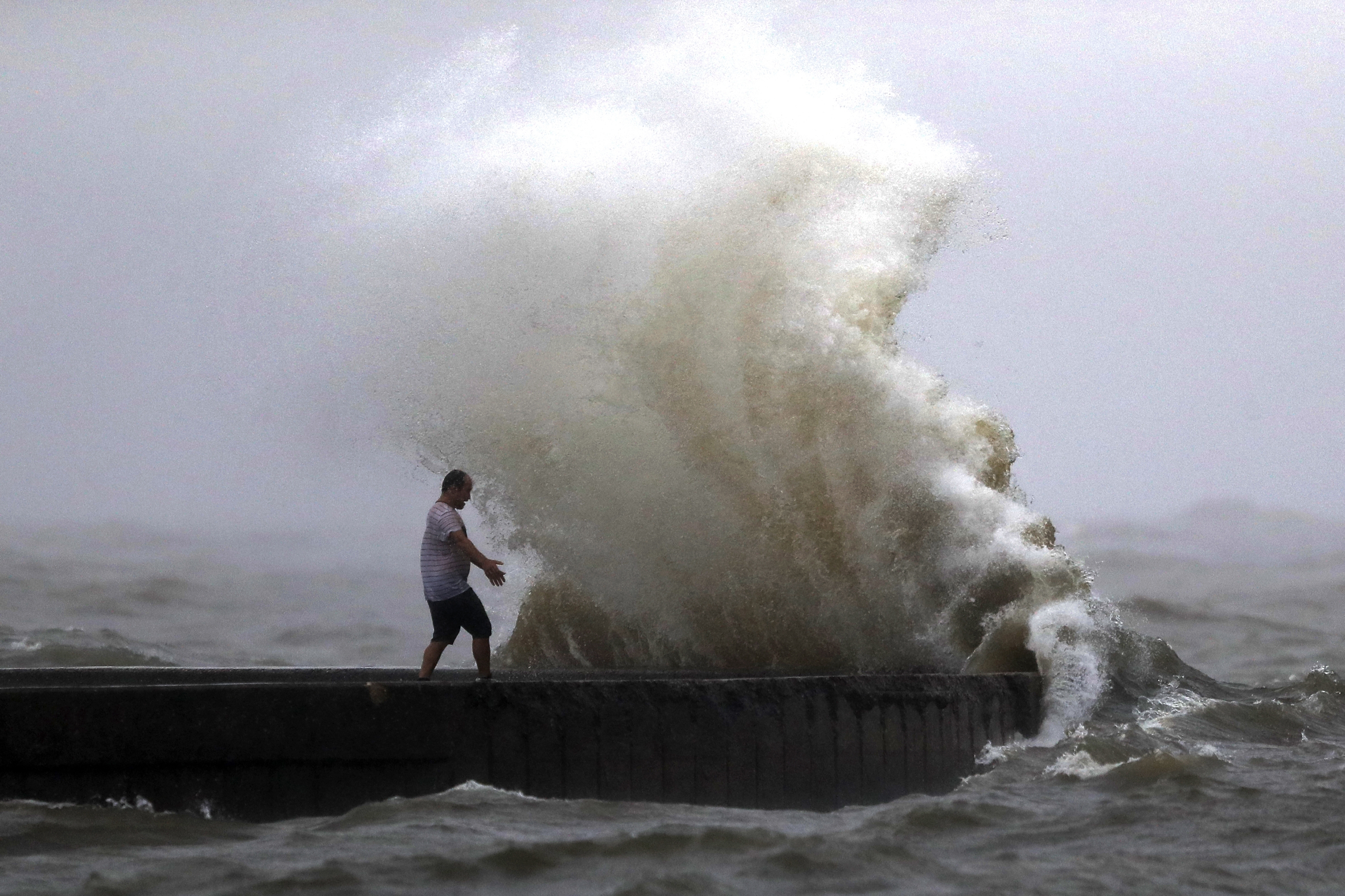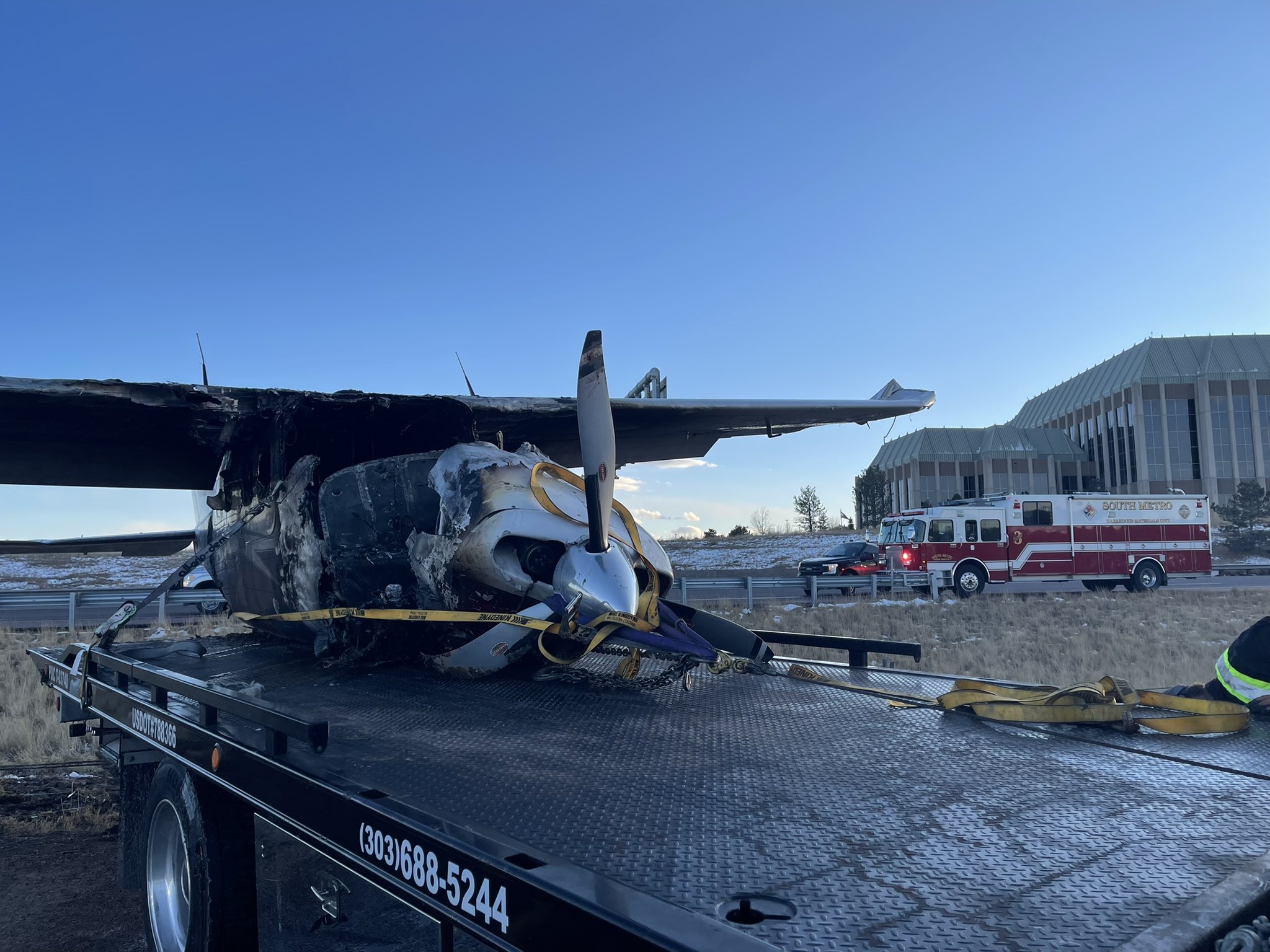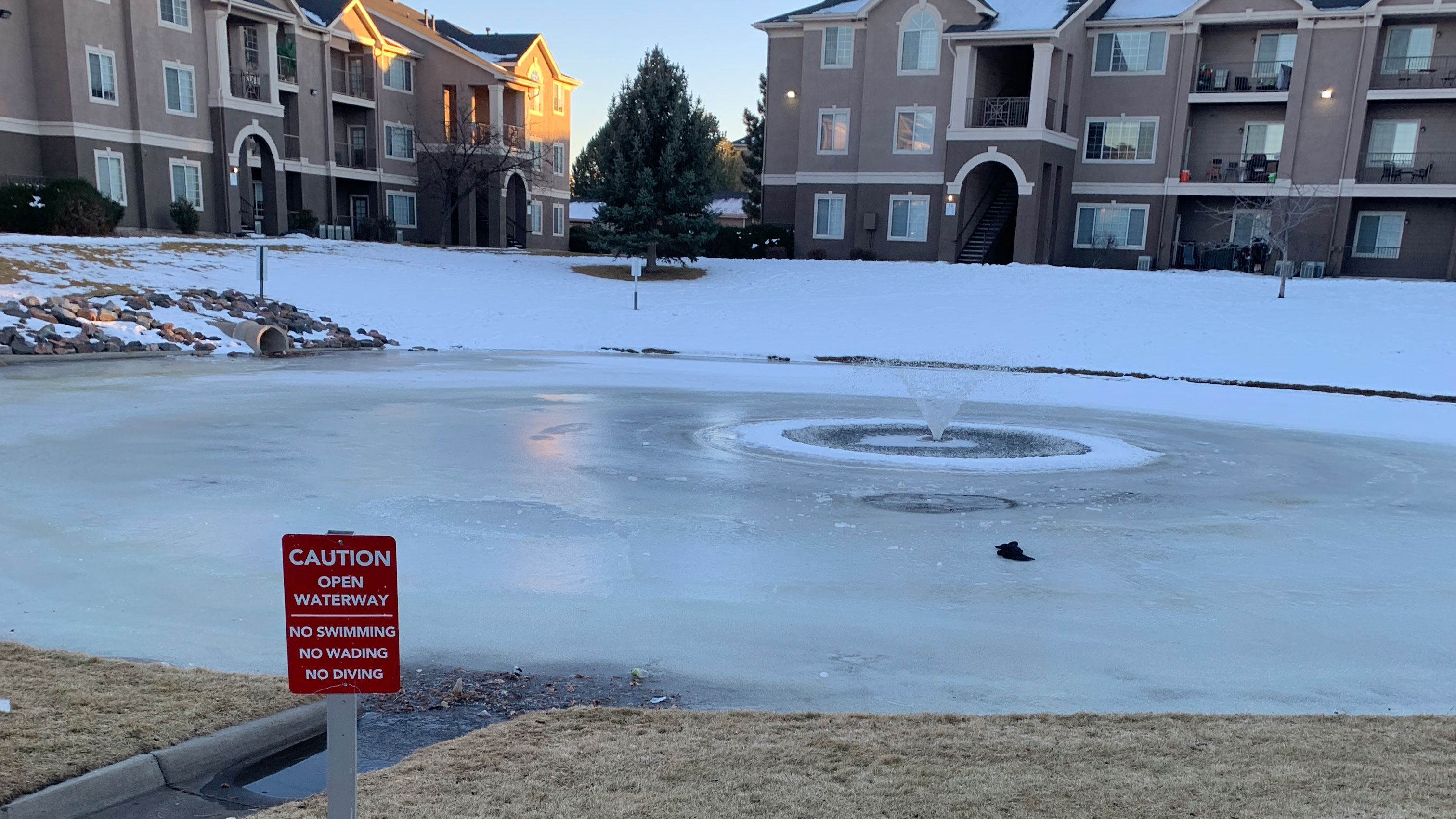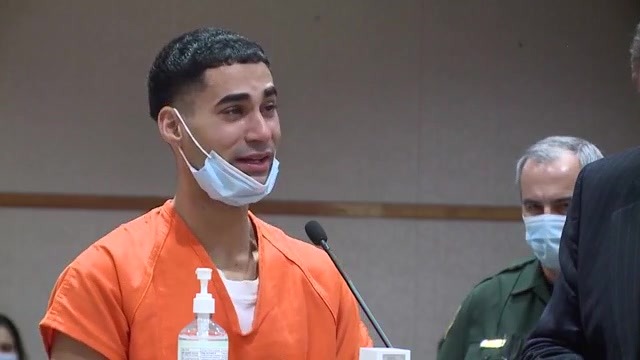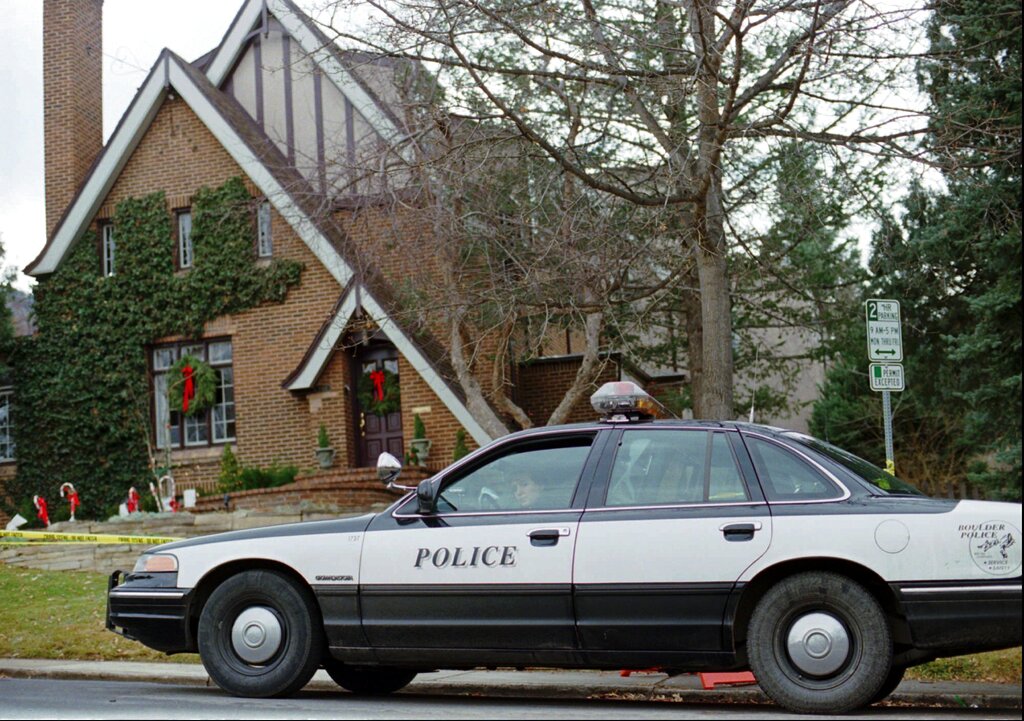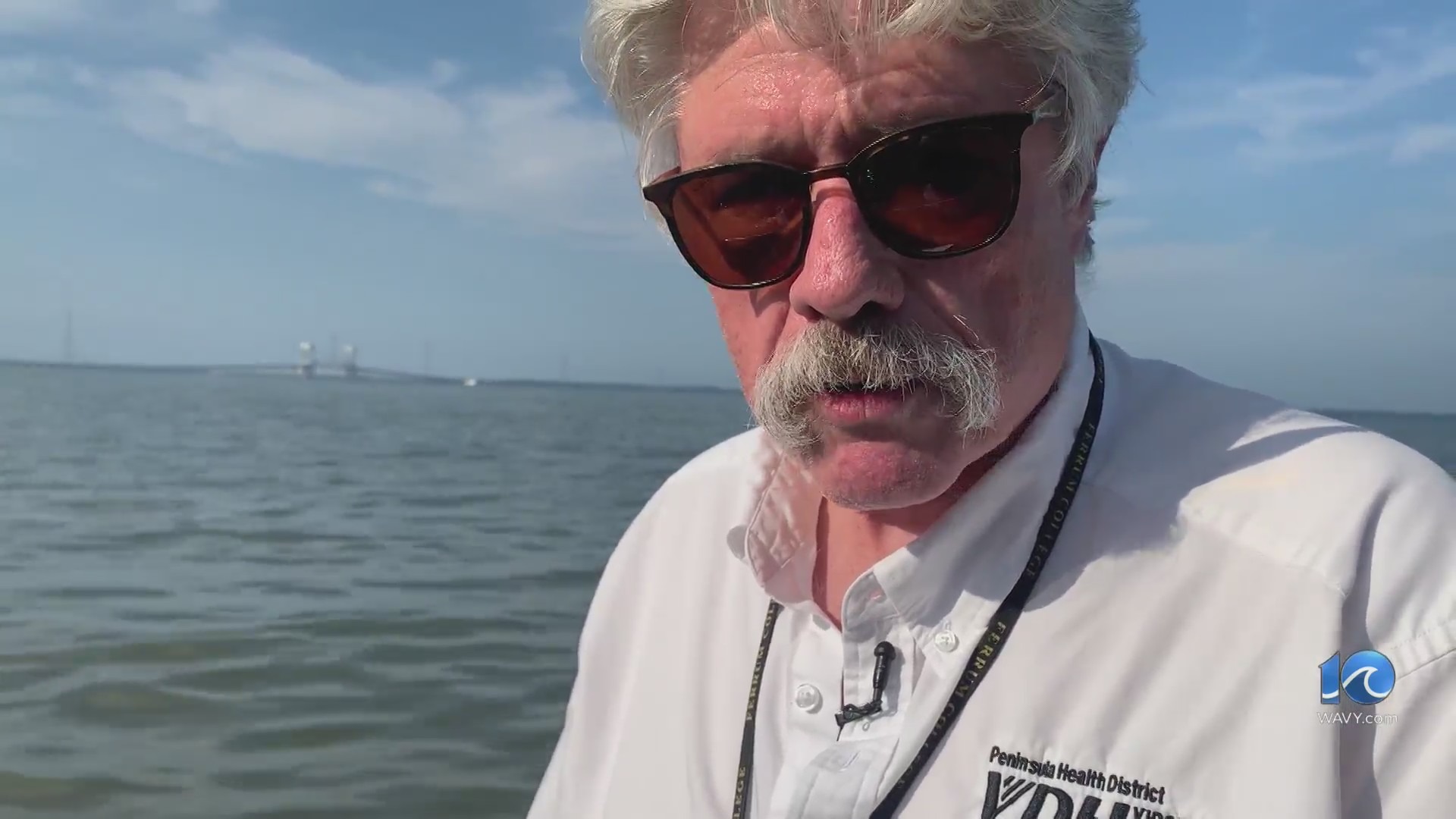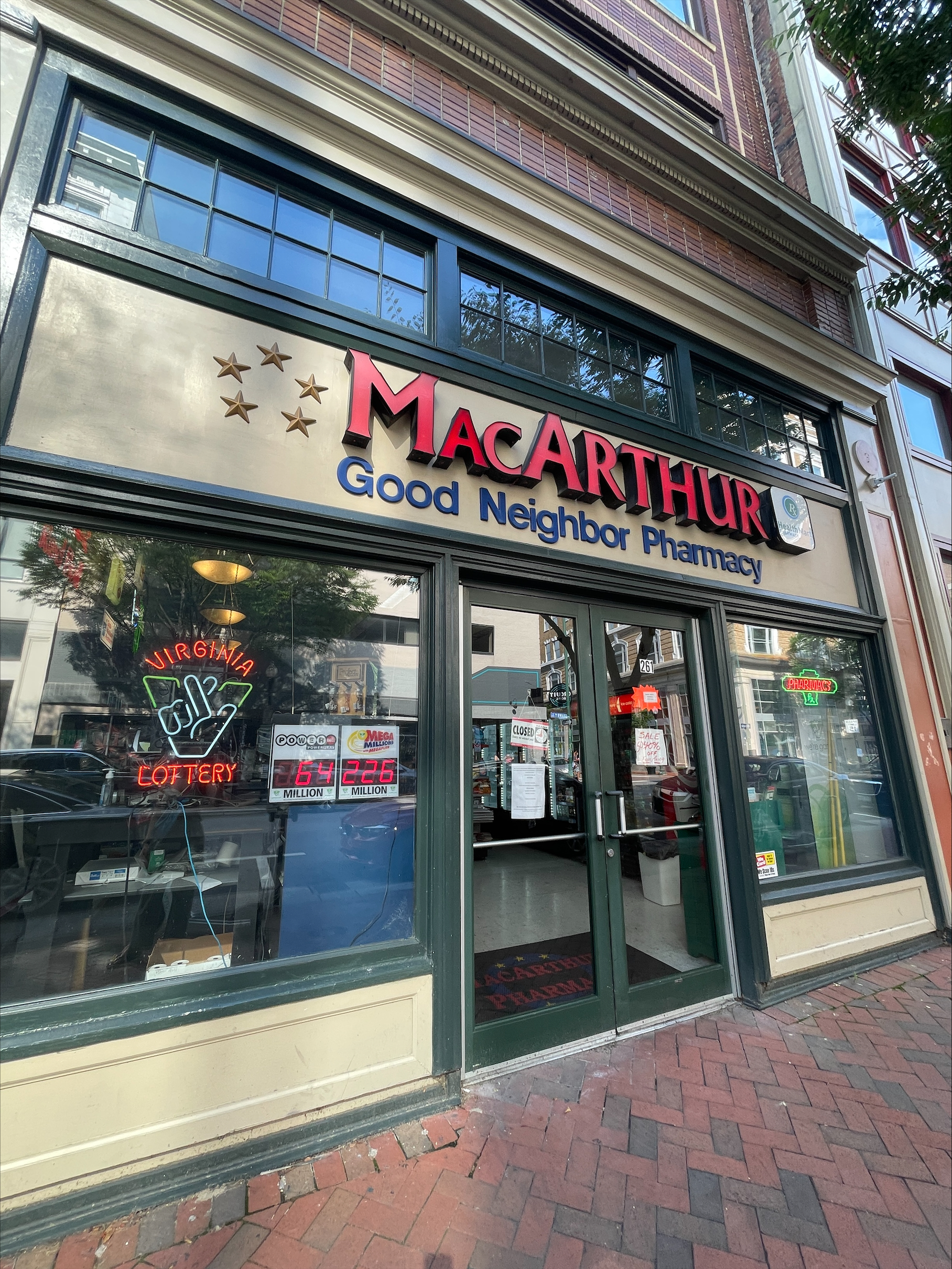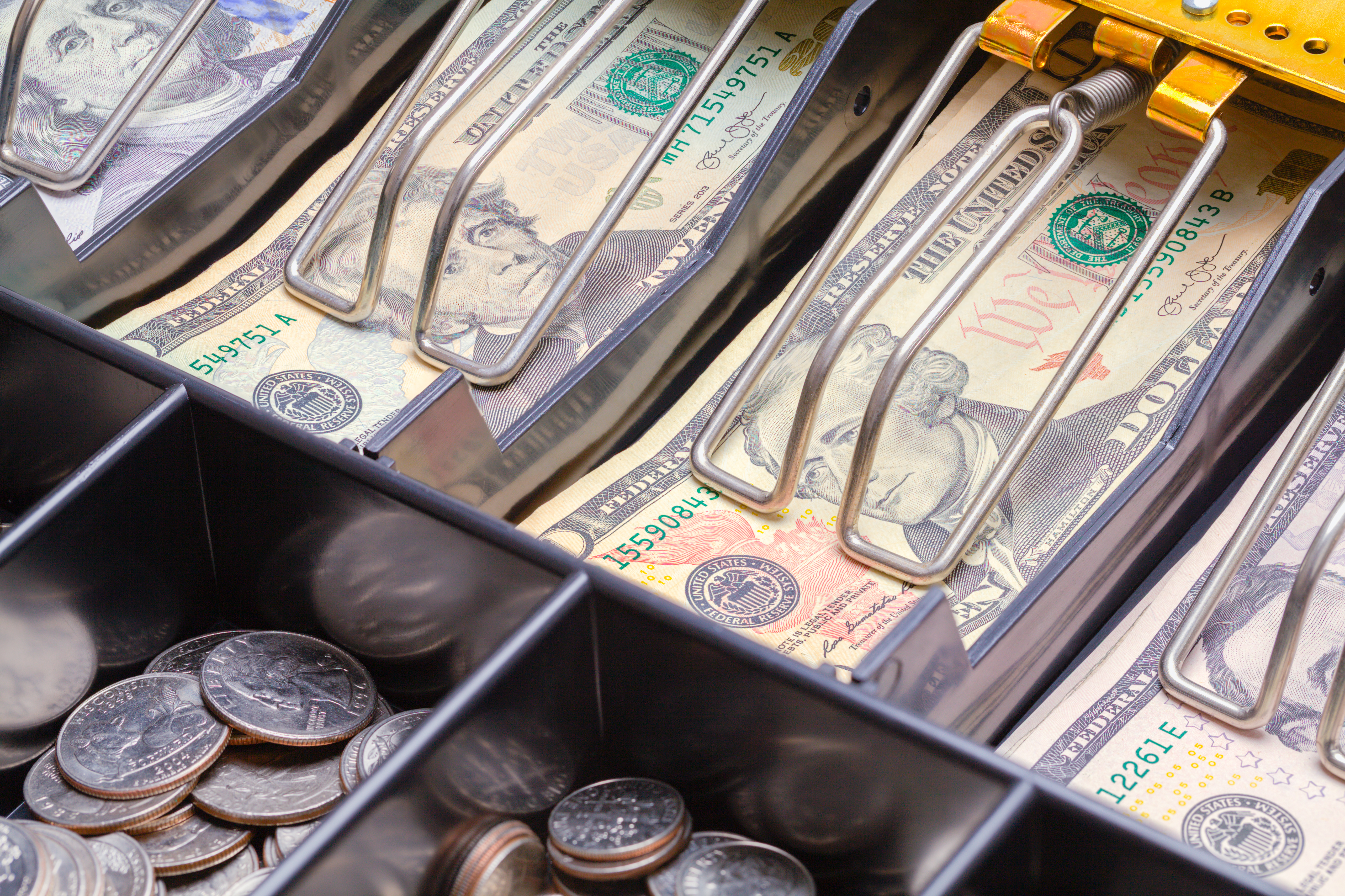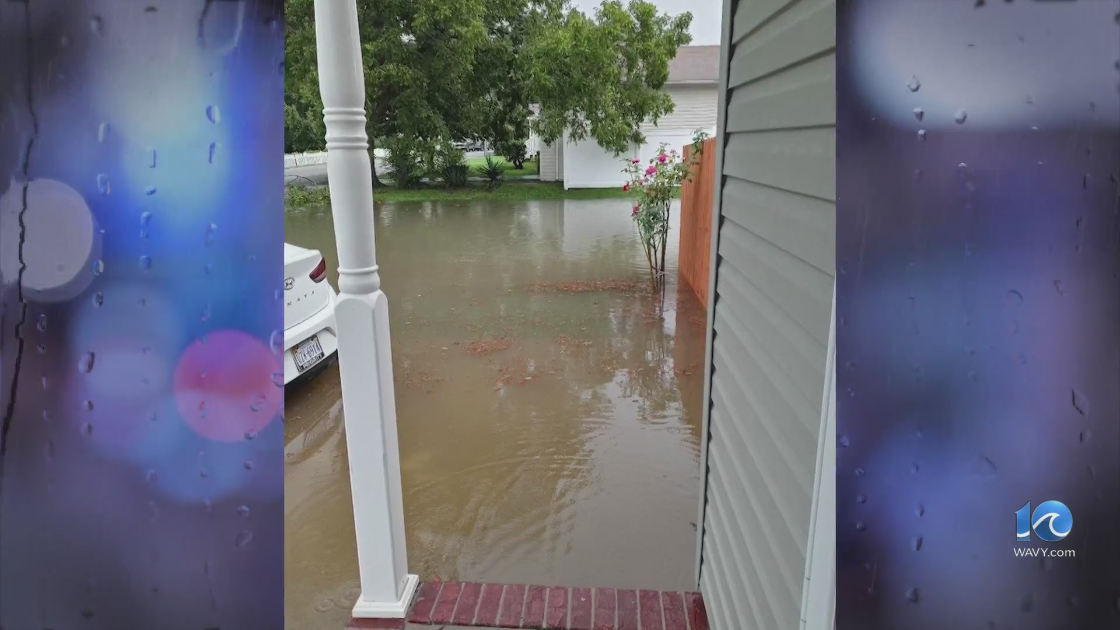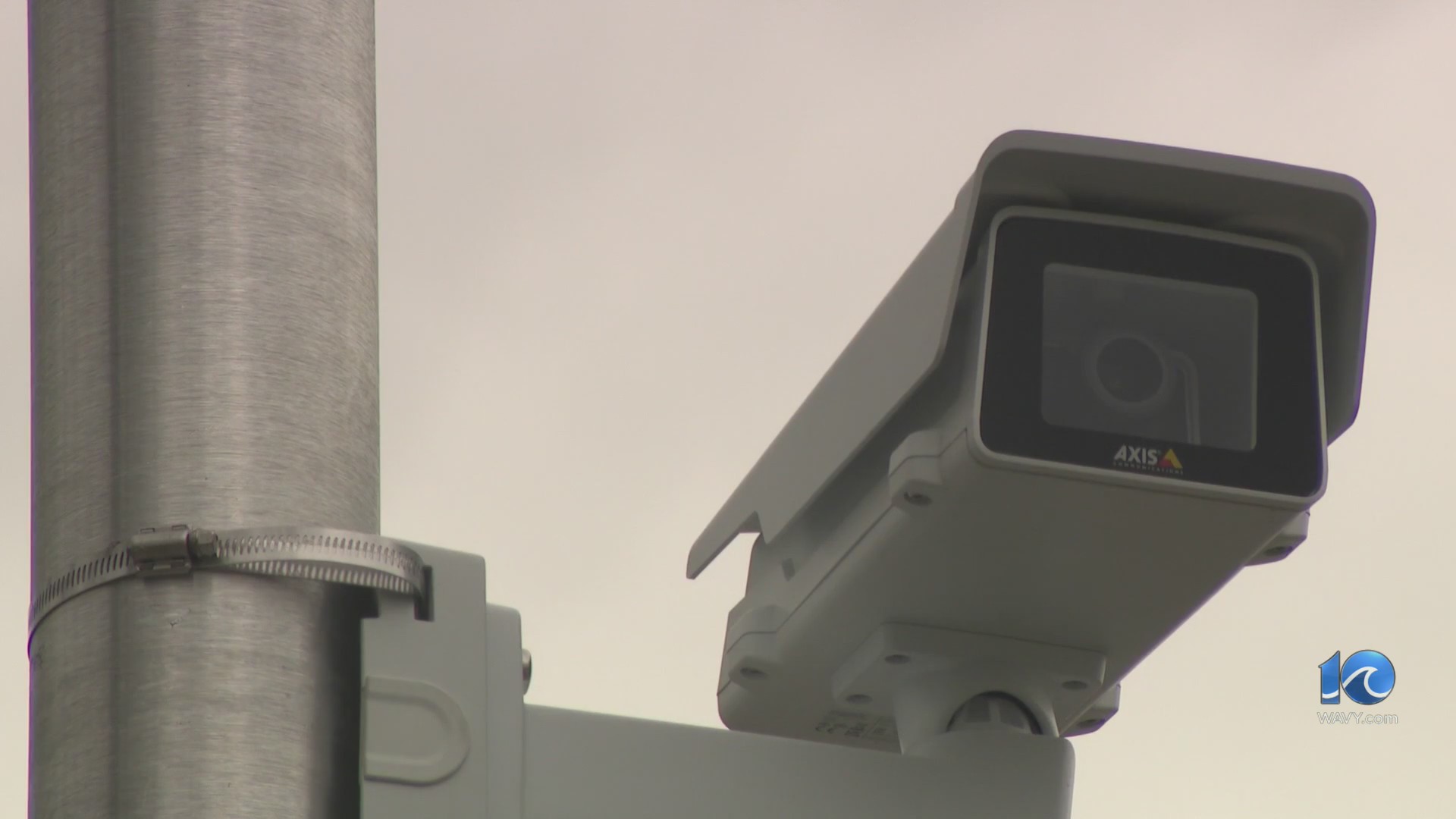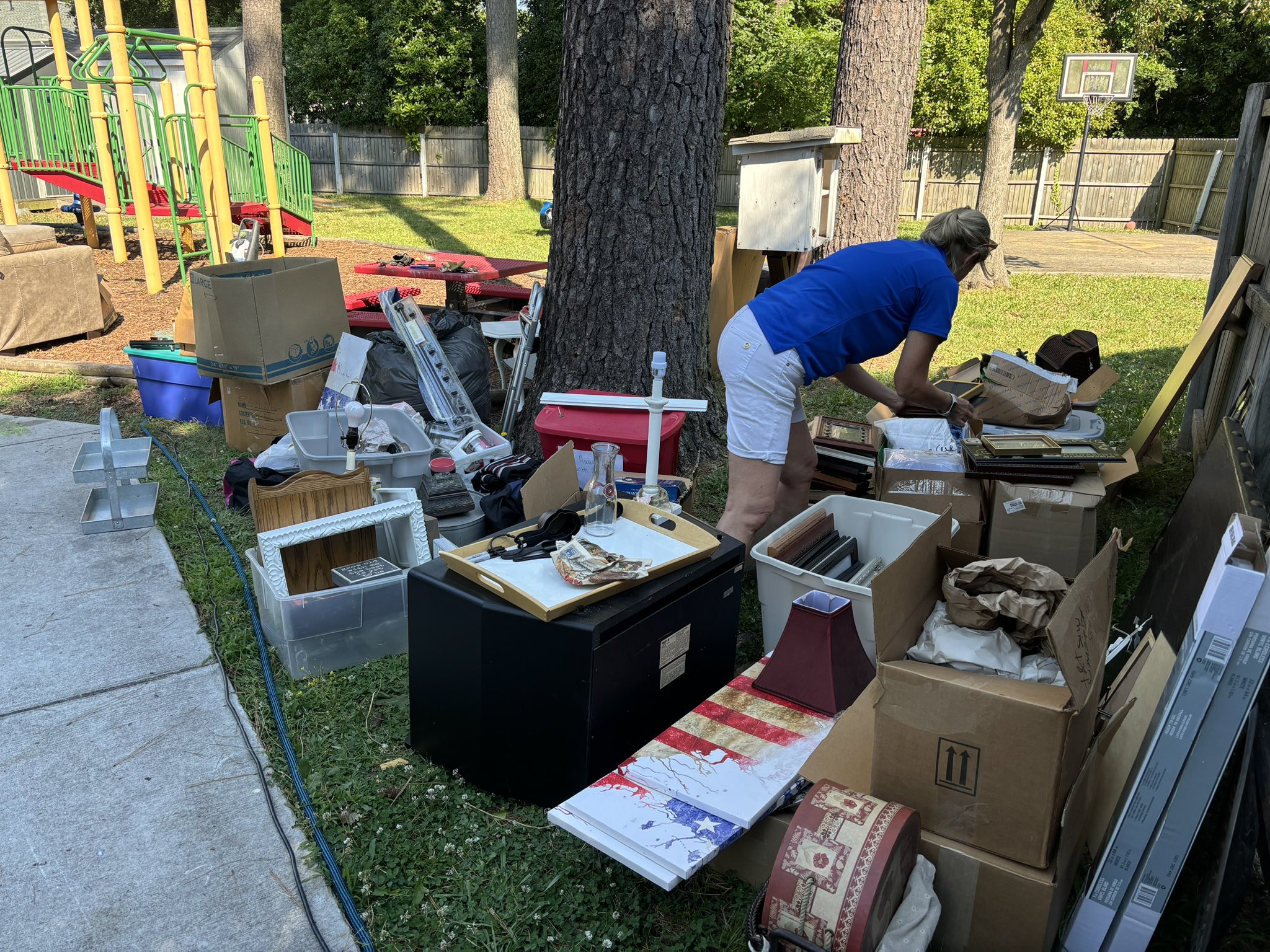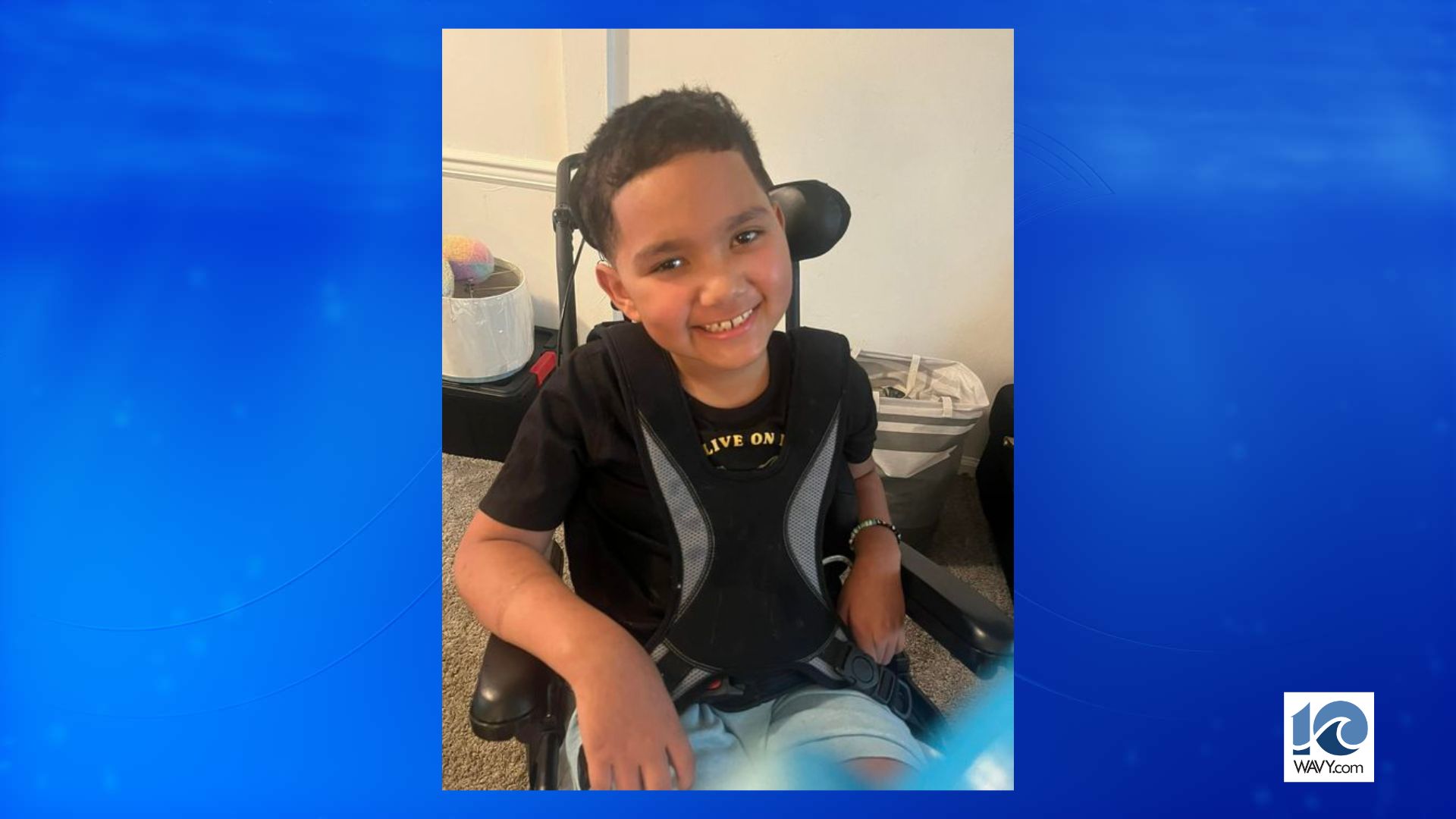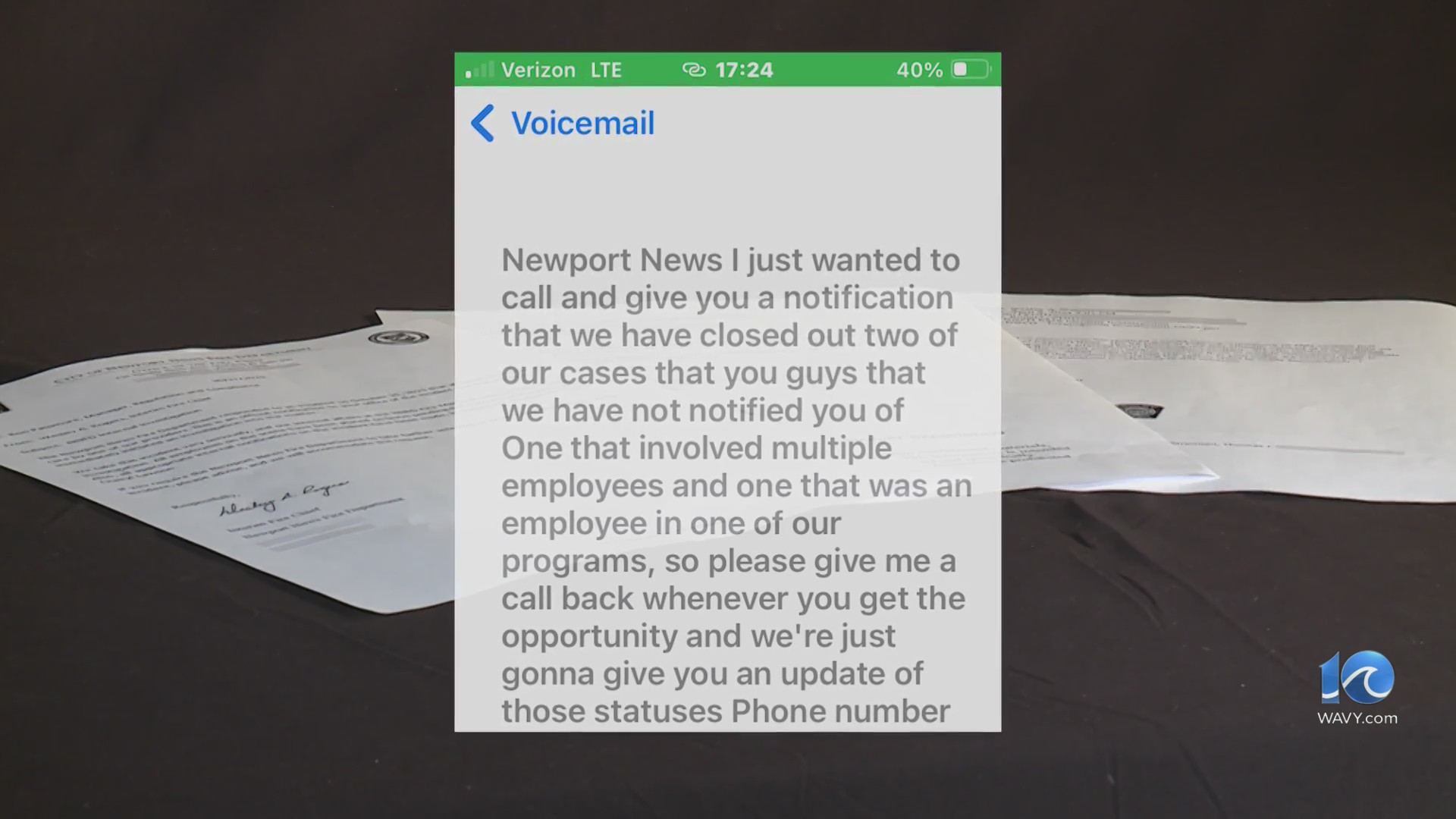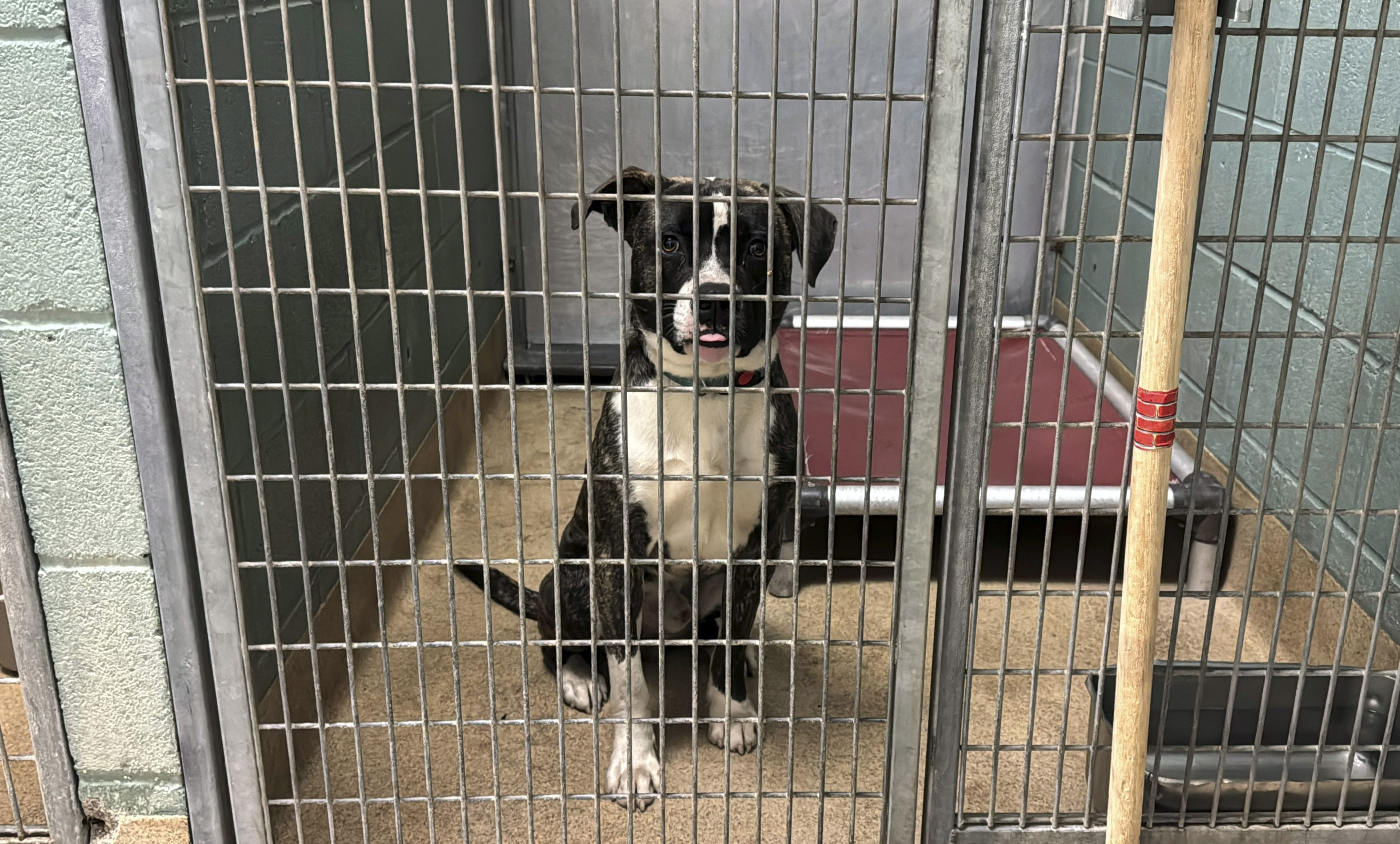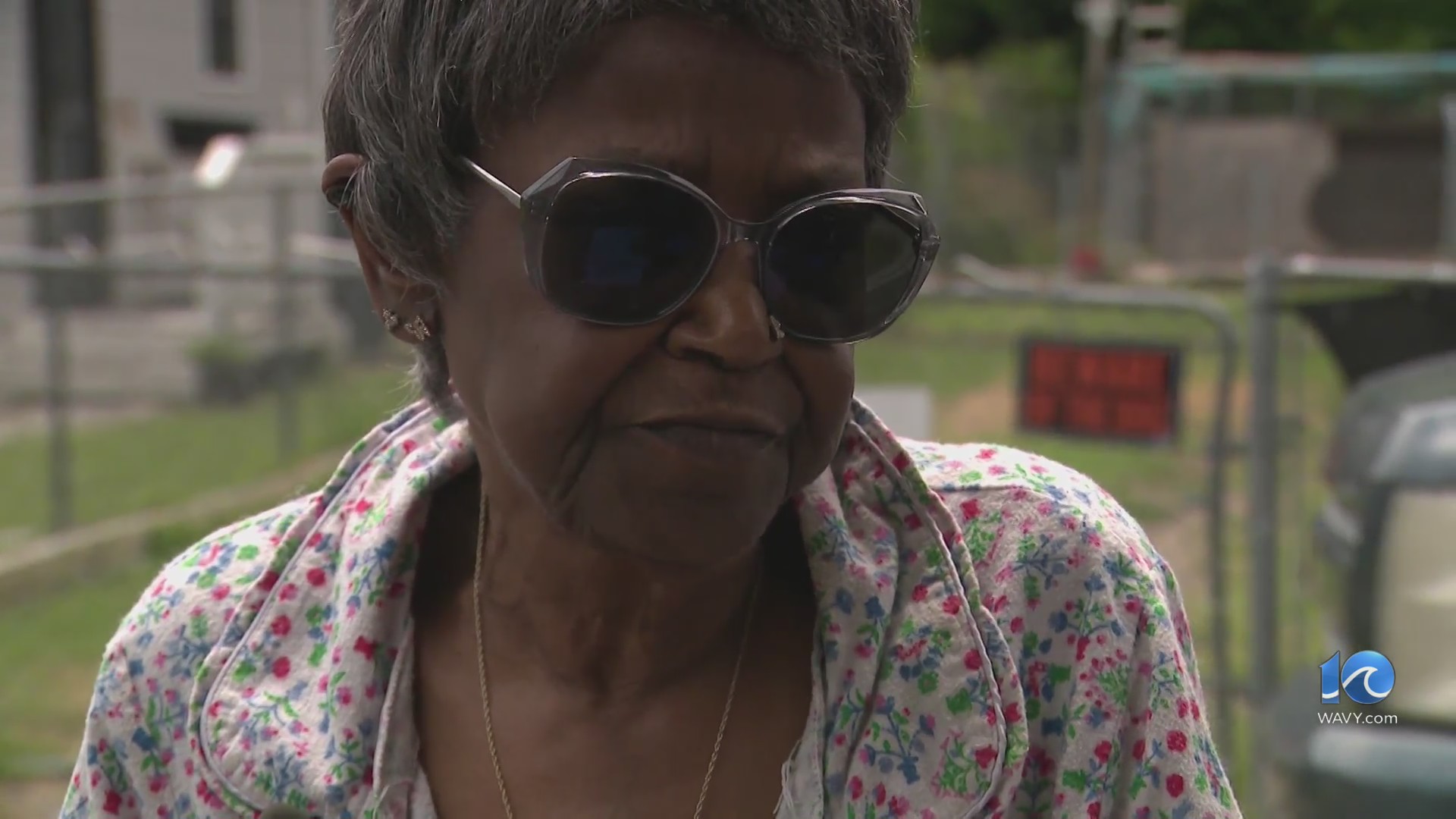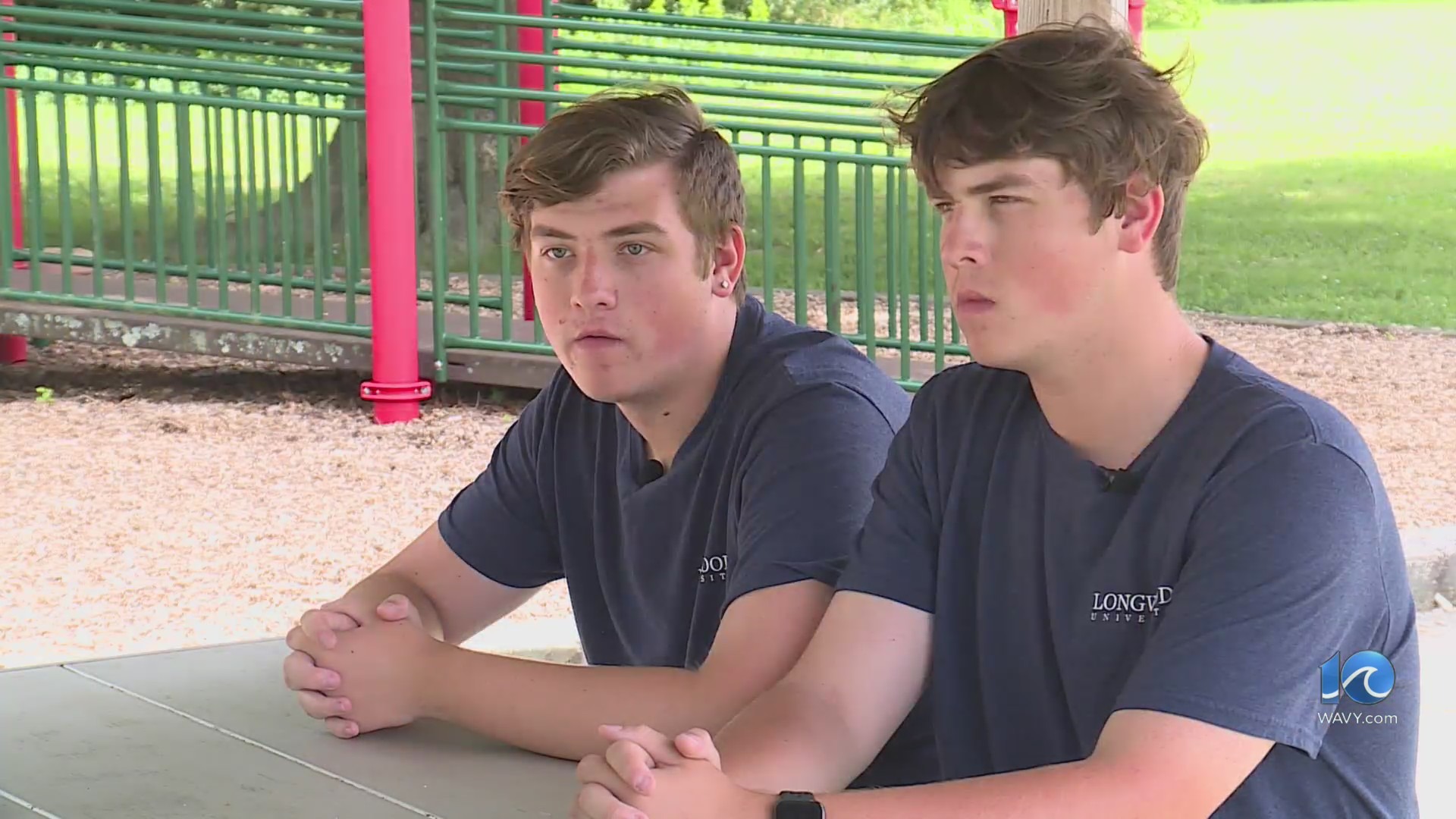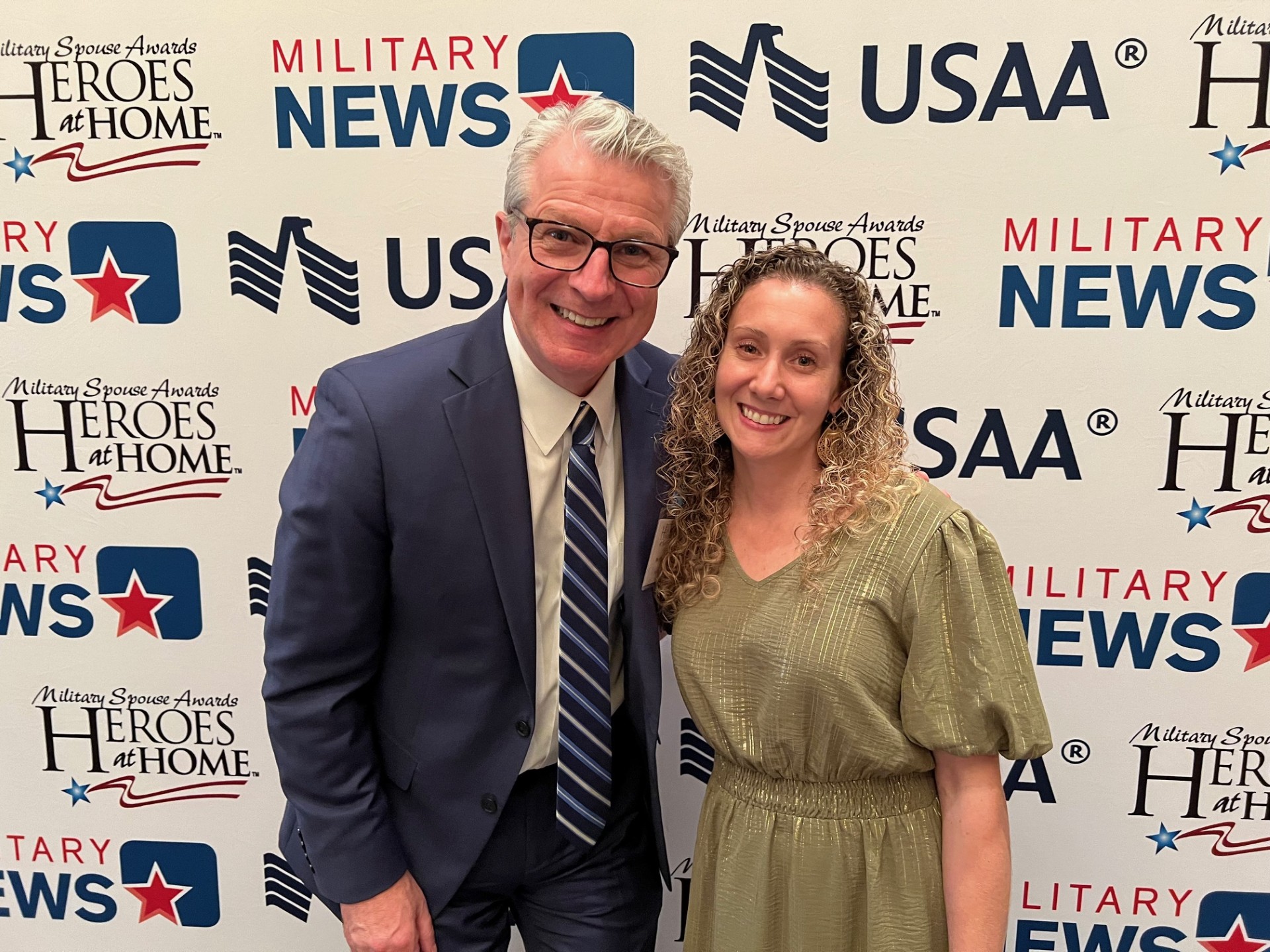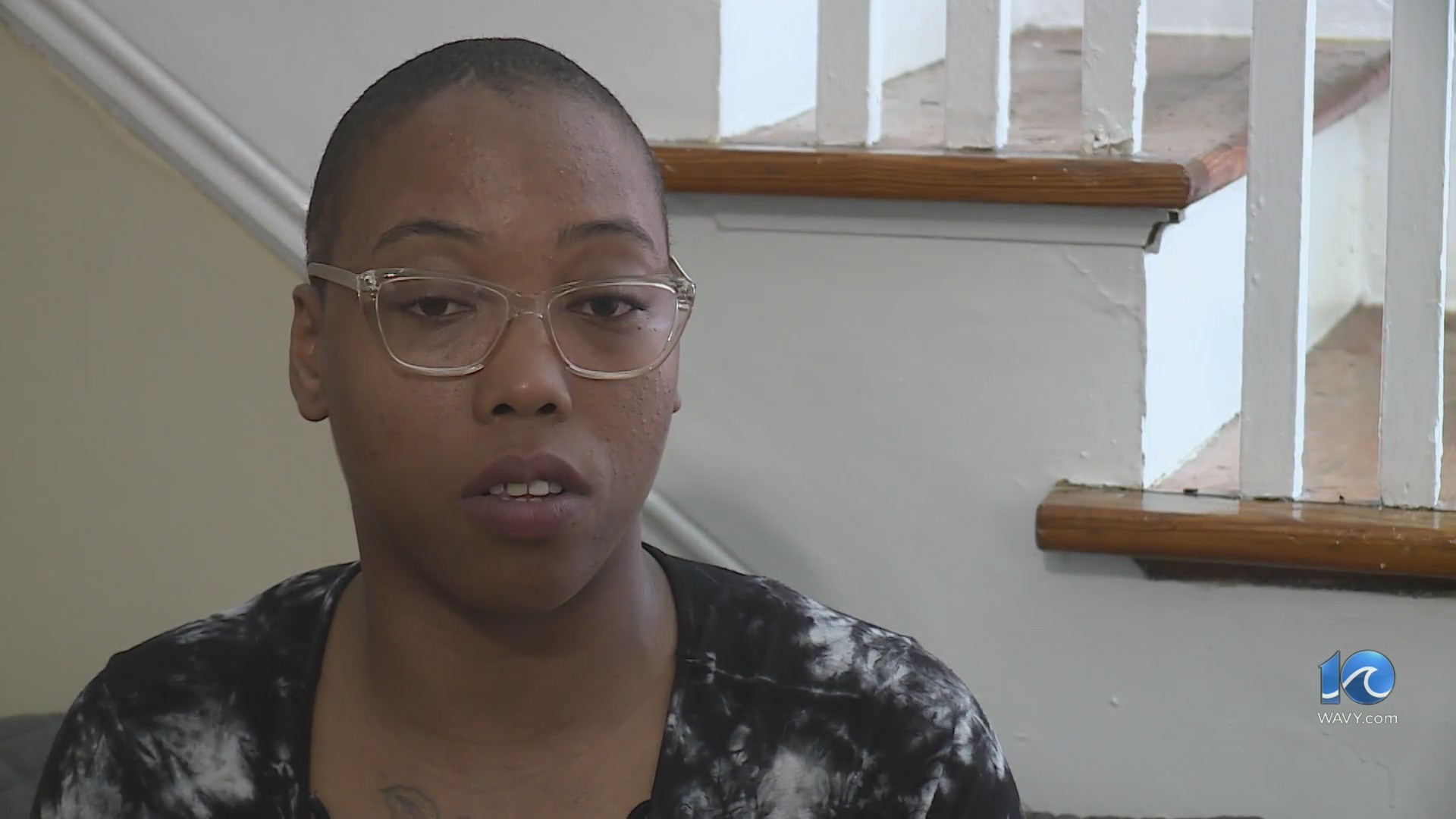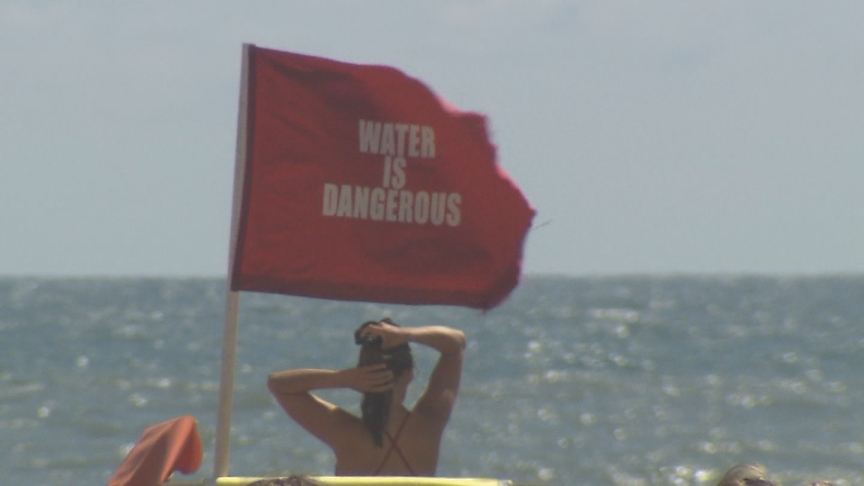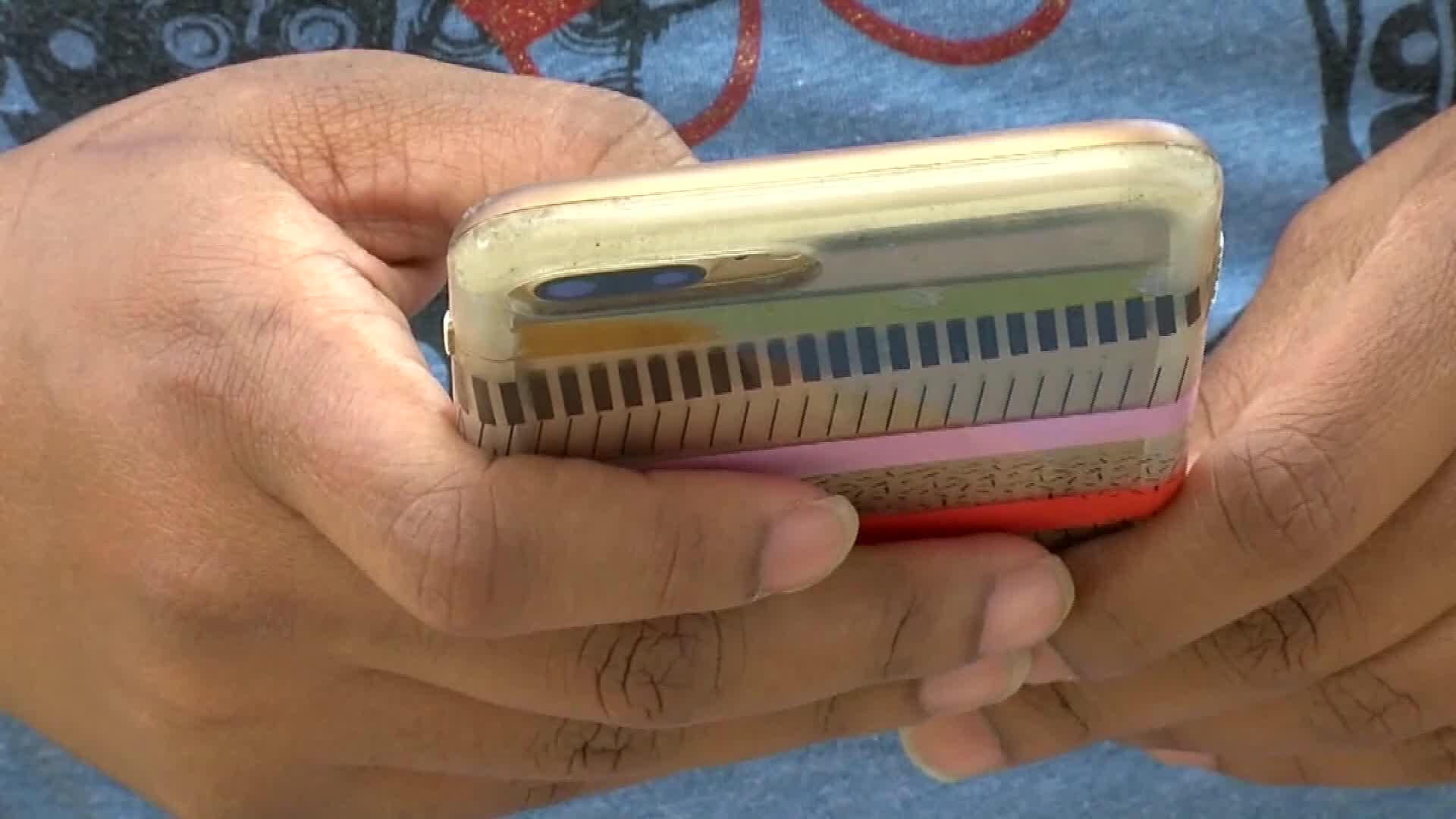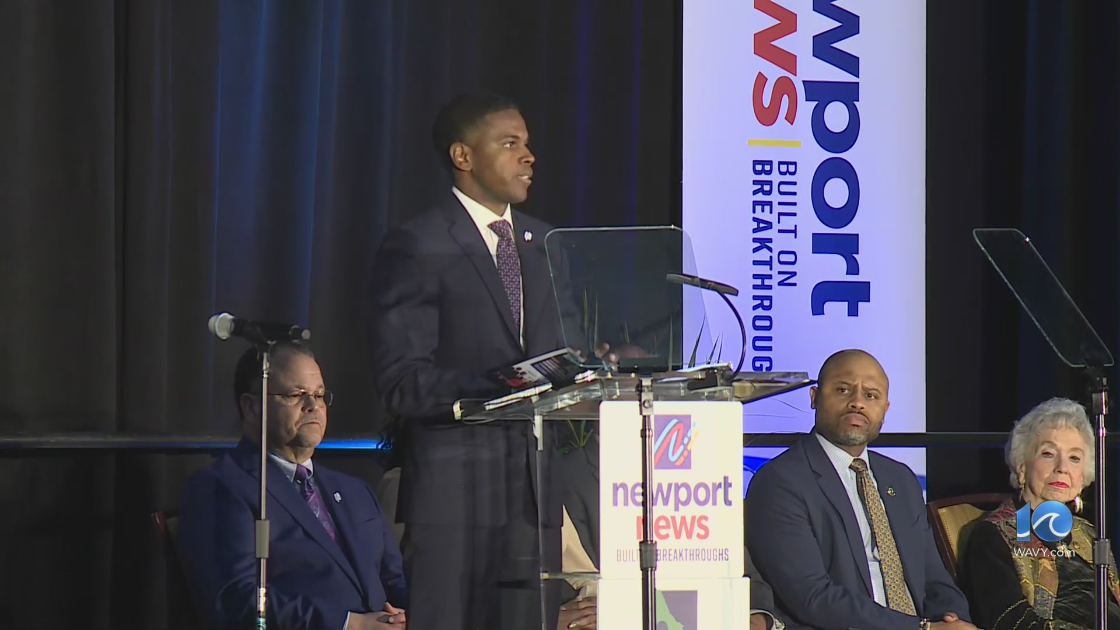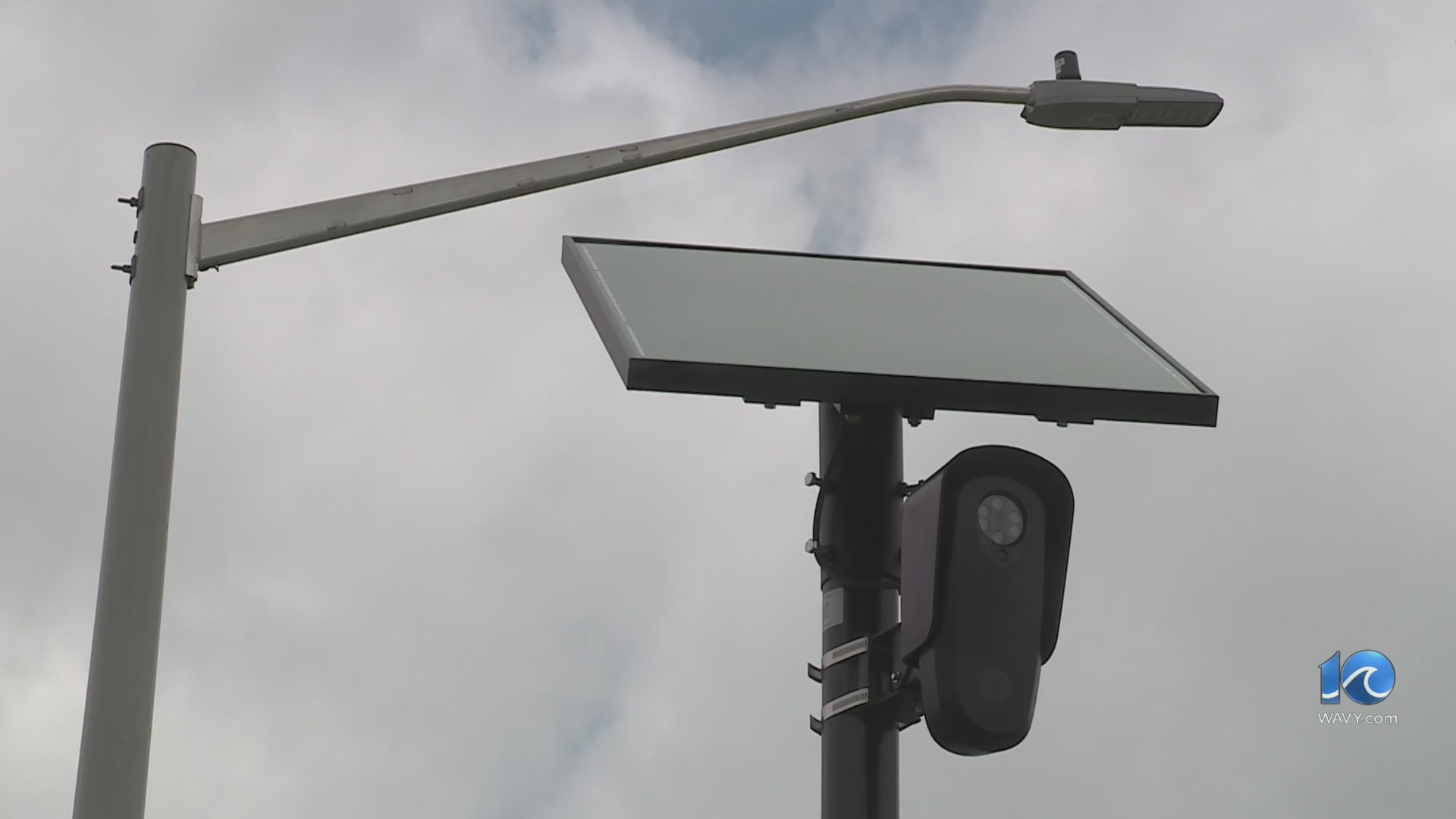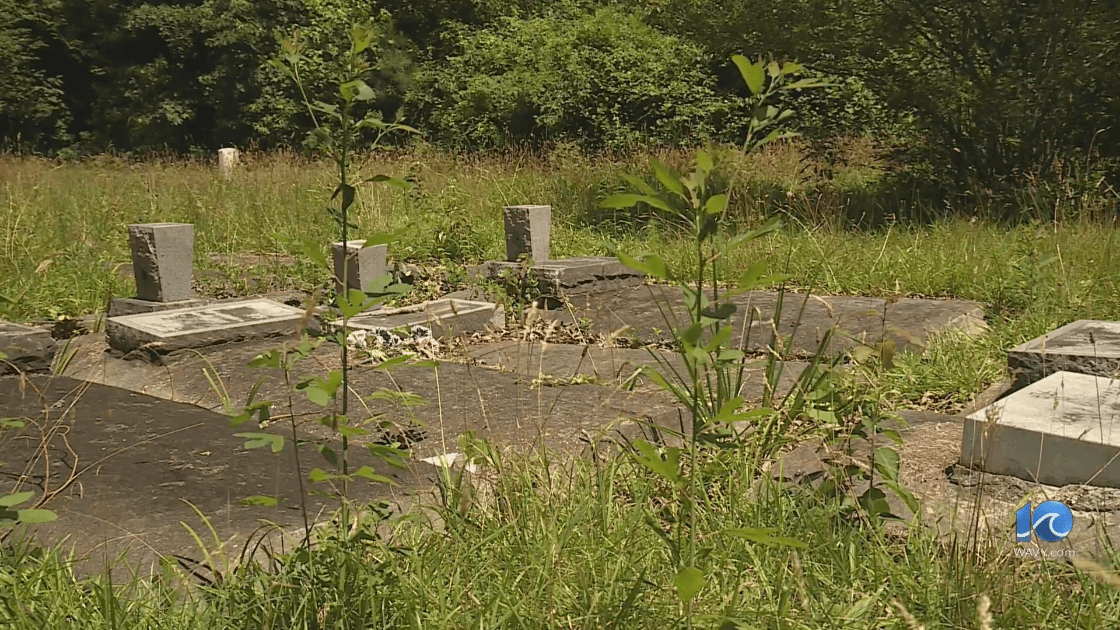NAVAL STATION NORFOLK (WAVY) – Mental health professionals and social service providers connected to the Navy agree the need for life-saving support continues to grow among sailors in crisis. But it’s unclear if members know what’s out there.
The latest data from the Department of Defense shows the rate of suicide among active duty Navy members is less than half that of active duty Army, and is also lower than the rate for active duty Marines.
However, in Hampton Roads, Navy suicides get greater notice because of the massive Navy presence here, as well as clusters of suicides earlier this year involving USS George Washington and more recently the Mid Atlantic Regional Maintenance Center (MARMC).
10 On Your Side looked into how the Navy is addressing the problem through programs and personnel, and found initiatives on base, aboard ships and among non-profits. From a lack of respect to a lack of funds, sailors have a wide array of reasons for wanting to check out.
“Something that happened to them in childhood with their families or if there was abuse, a lot of times it can be related to relationship distress with a romantic partner, or interpersonal conflict at work,” said Commander and Navy psychiatrist Keisha Blair, assigned to Naval Surface Forces Atlantic.
INFORMATIONAL RESOURCES
In addition to visiting www.suicide.navy.mil, the following sites offer suicide prevention information, facts and materials:
- – Find help with your local Navy chaplain, Fleet and Family Support Center (FFSC), or medical provider.
- – Review and share resources from Military OneSource.
- – Use the Suicide and Crisis LifeLine (call or text 988 ) for assistance
- – Check out the 1 Small ACT toolkit for more information to check in and #BeThere for Every Sailor, Every Day.
- – Follow the Navy’s Project 1 Small ACT campaign on Facebook, Twitter, and WordPress.
- – The Sailor Assistance and Intercept for Life (SAIL) program is also available to provide safety planning, suicide risk assessment, and caring contacts, as well as to act as a liaison and advocate for Sailors following instances of suicide-related behaviors.
- – DON civilians can reach out to the Civilian Employee Assistance Program for information on the resources available to them at (844) 366-2327, or internationally at (866) 829-0270.
Additional resources:
One of Chief Petty Officer Jacob Learned’s jobs aboard USS WASP is “suicide prevention coordinator”.
“It’s a passion of mine. A long time ago I had my own dealings with suicide throughout the Navy and in my own family,” he said.
“My number one job is to make sure that sailors understand that it’s okay to come forward, that it’s okay to display what others might see as a weakness but it’s really a strength whenever you present yourself thinking you might have suicidal thoughts.”
The need for mental health services continues to rise, and the suicides connected to USS George Washington and MARMC were among sailors who were heavily involved in ship maintenance.
“We know that there’s an increase in suicidal ideation when they’re in the maintenance and basic phases because that’s when all the work is happening,” Blair said.
For example, Wasp carries a civilian deployment resiliency counselor, behavioral health technicians, and on-board chaplains. The commanding officer says suicide and mental health are on the radar on every deck.
“Even a minute change in behavior or attitude – you have to be able to pick up on that so you can be able to start asking the questions – ‘hey, what’s going on in your life?'” said Captain Nakia Cooper.
“You have to be able to ask the question of the sailor – are they thinking about committing suicide, and that’s a deep conversation to have,” Learned said.
An outside therapist who has counseled sailors contemplating suicide tells 10 On Your Side they often point to toxic leadership. Base chaplains are another key source of refuge.
“It’s not going away. Suicide continues to be a concern, and the chaplain corps has always been here to address that,” said Lieutenant and chaplain Robert Friebel.
Friebel says of all the sailors he has counseled on the subject of suicide, none has gone through with it.
“I’ll see them later that day, or I’ll see them the next day. At the most, I’ll see them later that week and absolutely there’s so much life change that happens.”
Cooper says he takes a direct, honest approach about managing expectations with new members of his crew.
“Hey this is what your first year in the Navy is gonna look like, and it may not be what your recruiter told you it’s gonna be.”
“For many of them there can be a mismatch in expectations,” Friebel said. “They watch Top Gun and think it’s gonna be like that.”
“It’s real,” Friebel said concerning the idea of suicide among sailors. “Because being in the Navy, every sailor on every ship matters. Every job, every position, every task matters. And for some sailors that’s a lot of pressure that they’re not used to from where they grew up.”
Money (or the lack of it) is another key driver of despair, just as it is in the civilian world.
“When people find themselves in a bad financial spot, oftentimes they’re not in a good emotional spot,” said retired Fleet Master Chief Rick O’Rawe. He runs the Navy-Marine Corps Relief Society.
“Nobody’s proud when they can’t pay a car payment. No one’s proud when they can’t pay
their rent. So it takes some courage on the service member’s part.”
The non-profit makes loans at zero interest, tailored to a sailor’s situation.
“We’re not gonna bury somebody with a loan repayment,” O’Rawe said. “If that’s six months, or that’s a year, eighteen months, or we can do more if that’s necessary.”
In the same building just off Hampton Blvd is Fleet and Family Services.
“Our programs and services are really geared around helping to increase resiliency, provide information and support mission readiness,” said Noreen Burke, manager of family readiness programs.
“We offer financial counseling, relationship building, communication skills, anger and stress management and mental health support and counseling.”
And back in the storeroom of that same building, yet another way to battle suicide.
Cases of gun locks, free for the asking at the front counter. They could be the key to creating a few more seconds of consideration — before a decision that’s irreversible.
Thousands of sailors have picked up a gun lock since that program began several years ago, and the Relief Society made more than five million dollars in interest-free loans last year alone – and it all comes from donations.
Friebel says it’s also important for sailors to know that what they tell him as a chaplain does not become part of their Navy record.
“Everything that’s discussed with us in a pastoral context remains 100% confidential, and there’s no exceptions to that. As chaplains, it’s one of our superpowers.”
